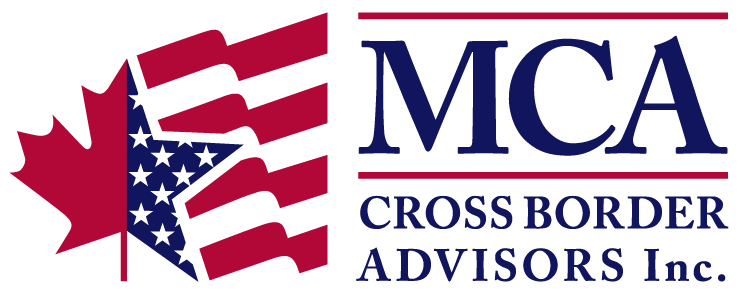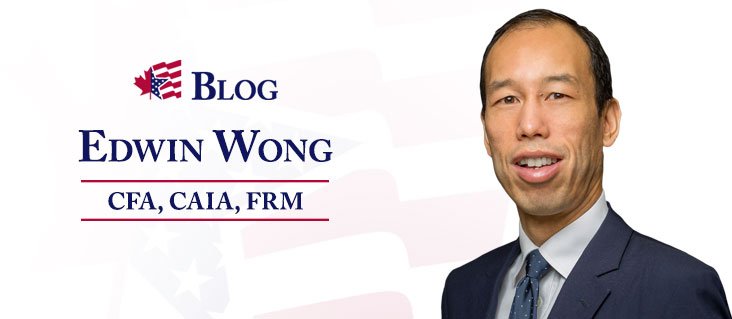Canadians are in the full swing of retirement savings plan (RSP) season, and to build on Jeremy and Matt’s January 31, 2017 blog entry related to cross border taxation of RSPs, which you can view here, I will highlight a couple of issues related to foreign exchange risks faced by retirement accounts within a cross border context.
Registered retirement savings plans (RRSPs/RSPs) and registered retirement income funds (RRIFs/RIFs) are tax-deferred savings and income vehicles respectively, available to Canadian residents for the purposes of accumulating funds or providing income for retirement. Contributions to an RSP, as well as investment growth on funds within the retirement vehicle, are sheltered from Canadian tax. By the time an investor turns 71, an RSP must be converted to a RIF, and tax at the investor’s marginal rate is imposed on the minimum withdrawn amount. US persons, whether living in Canada or the US, can own RSPs and RIFs.
Some of the challenges related to maintaining an RSP or RIF include the following:
Currency risks
Retirement accounts can hold US dollar-denominated stocks and bonds. With the USD/CAD Noon Rate fluctuating between 1.30 and 1.36 over just the past three months, an investor needs to consider how to best mitigate significant foreign exchange volatility.
Assume an investor already holds US dollar-denominated securities and a US dollar money market fund offered by a Canadian asset manager in their retirement account. Upon a security purchase or sale, a foreign exchange rate is applied. To mitigate the foreign currency risk of this transaction, an investor can offset or “wash” the rate by applying the same rate to the sale or purchase of the US dollar money market fund holdings.
Check with the brokerage house that you work with to determine if this service is offered. While some brokerage houses will automatically apply this rate to both sides, it is nevertheless good practice to explicitly express that the rates be washed.
Of course, one is always free to choose not to offset or wash rates. This, however, would be an active decision on the part of the investor to speculate on the direction of foreign exchange rates.
Potential mismatch between income and expenses
Closely related to currency risk is the potential for mismatched income and expenses. For US residents, most expenses are likely denominated in US dollars, while for investors over the age of 71 and holding RIF accounts, the income distributed by such accounts is received in Canadian dollars.
Depending on one’s forecasted expenses and need for income, and with the volatility of the foreign exchange markets, it may be prudent to arrange a pre-determined schedule to convert the RIF income from CAD to USD, very much like the concept of dollar-cost averaging when purchasing securities. This schedule can coincide with your RIF payments (monthly, quarterly, semi-annually, or annually) or can be offset by one or two months following each payment. What is to be avoided is an ad-hoc – and likely impulsive – foreign exchange conversion.
Foreign exchange considerations and risk mitigation is an important component of a complete cross border financial plan. Please feel free to contact us should you have any questions or concerns regarding your specific situation.
[su_button size=”6″ url=”https://mcacrossborder.com//consultation/” background=”#10155e”]Request a Consultation[/su_button]
——–
MCA Cross Border Advisors, Inc. is a registered investment adviser. Information presented is for educational purposes only and does not intend to make an offer or solicitation for the sale or purchase of any specific securities, investments, or investment strategies. Investments involve risk and, unless otherwise stated, are not guaranteed. Be sure to first consult with a qualified financial adviser and/or tax professional before implementing any strategy discussed herein. Past performance is not indicative of future performance.

